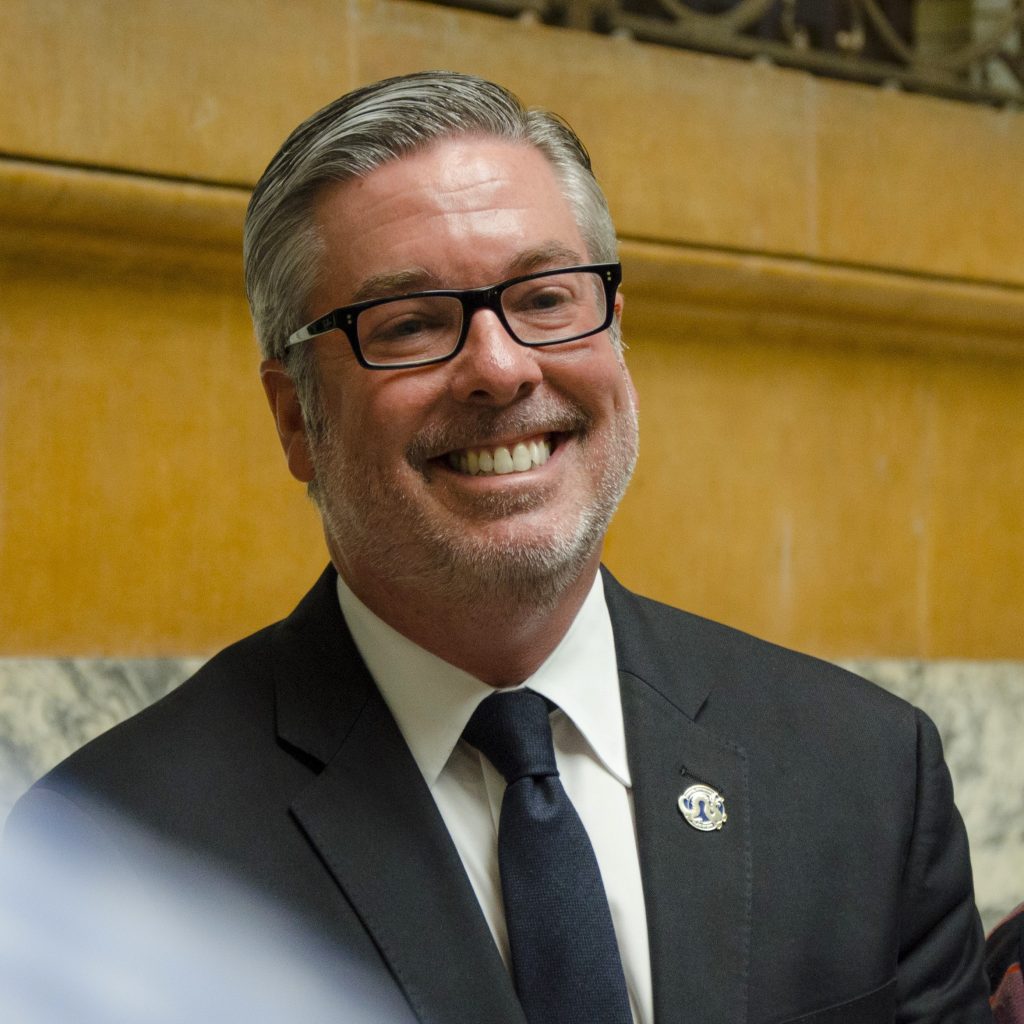
Nearly 14 years after the start of his term in 2010, President John Fry terminated his term last month to assume the same role at another Philadelphia university, Temple University. This came as a shock to many students who had become accustomed to the occasional updates from the president announcing a new strategic plan or industrial endeavor. Fry, appointed as the 14th president of the University took on the role after the late Constantine Papadakis, who was infamous for the progress that the University made under his leadership. Prior to assuming leadership of Drexel, Fry was the President of Franklin and Marshall College from 2002 to 2010, was the Executive Vice President of Drexel’s neighbor, the University of Pennsylvania and engaged in management consulting roles as well. All this experience theoretically should have primed Fry for taking on the task of University President after Papadakis, but his term may have been a little less ideal than he may have hoped.
Many students will likely agree on the controversiality of Fry’s term. In more recent years, he has received backlash for his handling of the encampment that occurred on Drexel’s campus this past May and for the removal of many green spaces and student activity spots in favor of buildings for corporations like Brandywine, Spark Therapeutics, Gattuso Development Partners and Wexford Science and Technology among others. Many students have been vocal about this rapid development, arguing that it overshadows the more pressing focus of the university: education and research. More recently, Fry gained criticism for the $3.1M deal that was brokered between SEPTA and the university for temporary naming rights of the SEPTA subway station at 30th Street. Notably, on the medical side of the University, many medical students and vulnerable patients were left hanging in 2018 when the primary teaching hospital of the College of Medicine, Hahnemann Hospital, was suddenly sold to a private equity firm, forcing health students to scramble for their clinical rotations and opportunities. Surprise staff layoffs in the past year also surprised many students as their beloved teachers were asked to leave with seemingly no explanation or consideration, especially given the University’s supposed “secure financial status.”
However, as critical as students tend to be, it is important to also recognize the accomplishments and advancements that the university has made over the last 14 years. First, under Fry’s leadership, Drexel recently established the Dornsife Center for Neighborhood partnerships and Lindy Center for Civic engagement. Additionally, through his innovations in the Schuylkill Yards and partnerships with many corporations, Fry has provided a variety of new co-op opportunities for students interested in a variety of fields. In 2018, Drexel was also awarded the “R1 Doctoral University: Very High Research Activity,” which foreshadowed a renewed focus on research and innovation. Groundbreaking research in the fields of AI and medicine have also taken place during his tenure, further positioning Drexel as a leader in healthcare and research moving forward.
President John Fry’s legacy is certainly very complex and multifaceted. While also establishing partnerships with corporations and surrounding neighborhoods with his vision for innovation and experiential learning, Fry’s term was also riddled with challenges and criticisms. Drexel’s future will undoubtedly be shaped by Fry’s accomplishments and actions during his tenure.


